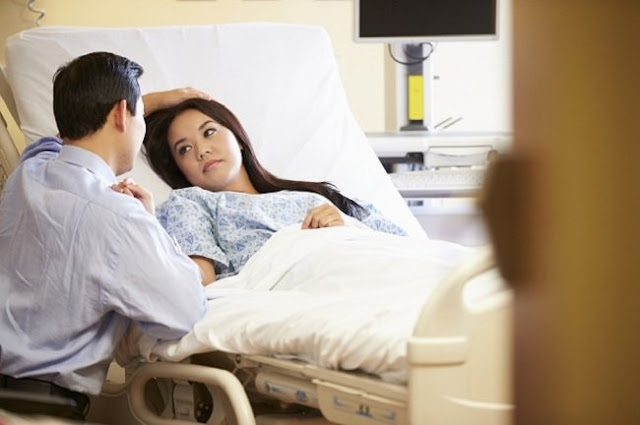Post Curette Care Tips for Recover Immediately
Curette actions can be done for various reasons. If you or a family member must undergo it, it is important to know post-curette treatment in order to recover quickly.
Curettage or dilation and curettage (D&C) is the procedure of removing tissue from inside the uterus using surgical equipment. Curettage is usually done after a woman has a miscarriage, an abortion, to take a sample of uterine tissue and determine the diagnosis, or to overcome other uterine disorders.
Post Curette Treatment
Some tips that can be done as a post curette treatment in order to recover soon are:- After the curette is done, the patient is generally placed in the recovery room for several hours. The doctor will monitor whether there is heavy bleeding or other complications.
- If general anesthesia is performed, you may experience nausea, vomiting, and drowsiness for several hours after the procedure.
- Some time after the curette procedure, try to stand up and walk slowly. This is important to prevent blood clots around the legs and keep leg muscles strong.
- Use regular pads if bleeding occurs after curette. Avoid using tampons to prevent infection.
- Generally, after a curette, there will be fatigue, mild cramps around the abdomen, or mild bleeding for several days. You can take pain relievers such as paracetamol or ibuprofen as part of post-curette treatment, according to doctor's advice.
- Avoid rinsing female sex organs with cleansing soap. In addition, it is possible that your doctor will forbid you to take a bath immediately after a curette for some time.
- Menstrual schedule will likely change after the curette. It's possible earlier or later than usual.
- Postpone a curette for at least three days or according to the doctor's advice.
- Rest needed after the curette is only about 1-2 days. After that, you can immediately move back to normal.
- Return to consult a doctor immediately and check according to the specified schedule. At this time the doctor will determine whether further treatment is needed.




Comments
Post a Comment